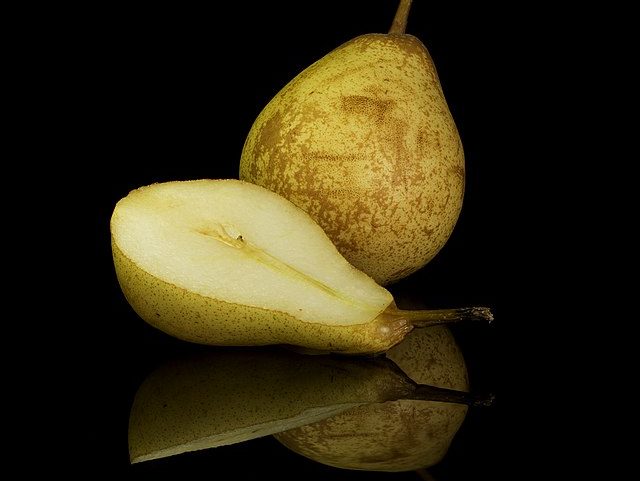Portugal has been eyeing the growing pear market in Thailand and is now negotiating a potentially lucrative export deal. The Directorate General for Food and Veterinary (DGAV) reported on September 25, 2023 that a delegation from Bangkok toured pear orchards in Western Portugal for four days and negotiations on an export deal is now underway.
During the tour, the official Thai delegation enjoyed guidance from the Directorate of Agriculture and Fisheries of Lisbon and Tagus.
Although Thailand is currently the world’s biggest exporter of mangosteens, its pear output is quite small. Unlike its more wintry Far-East neighbors like Japan and Korea, Thailand’s pear-growing area is insignificant. Cultivation occurs only in a section of the northern highlands where winter helps grow this fruit that loves cold weather.
Consumption of fruits in Thailand accounted for 8% of all food and beverage expenditure between 2018 and 2020. Thailand also ranked in 2021 as the South-east Asian nation with the third highest purchases of food /beverages at $1,108 per capita. Only Singapore and Malaysia had higher expenditure during the period in the region.
Current market prices of pears in Thailand average around 80 THB ($2.3) per kg, a little less than apples which cost 100 THB or $2.3 a kg.
Comes Rocha from Portugal
The main pear variety in Portugal is the Rocha pear and Thailand may import it if the deal comes through.
Rocha pears accounted for 150,000 metric tons of all total fruit production in Portugal in 2019 totaling 1.1 million tons. This was equivalent to 15% of the national fruit output, while the percentages of other major fruits were as follows: citrus (40%), apples (35.5%) and stone fruit (8.4%).
The Rocha pear variety grows mainly in the central region, particularly in Oeste. This region produces international standard pears with a tapered top and rounded body measuring 55 by 75 millimeters.
What is the story of this variety? Around the 1850s, a horse dealer in Sintra, near Lisbon, brought and cultivated a new pear in his Pedro Rocha orchard.
A century and a half later (1991-1992), the Rocha growers of Portugal finally got a major break. Biting pear shortage in Europe led to demand for their cultivar. The rest, as they say, is history.
Rocha pears have always come to save European deficit, and in 1997, Portugal filled in the gap of falling Italian exports. Canada, South American countries and neighboring Spain are some of the biggest importers of ‘Rochas’ to date.
With the finalizing of the new pear export deal with Bangkok, Thailand is about to join the Rocha ranks.
